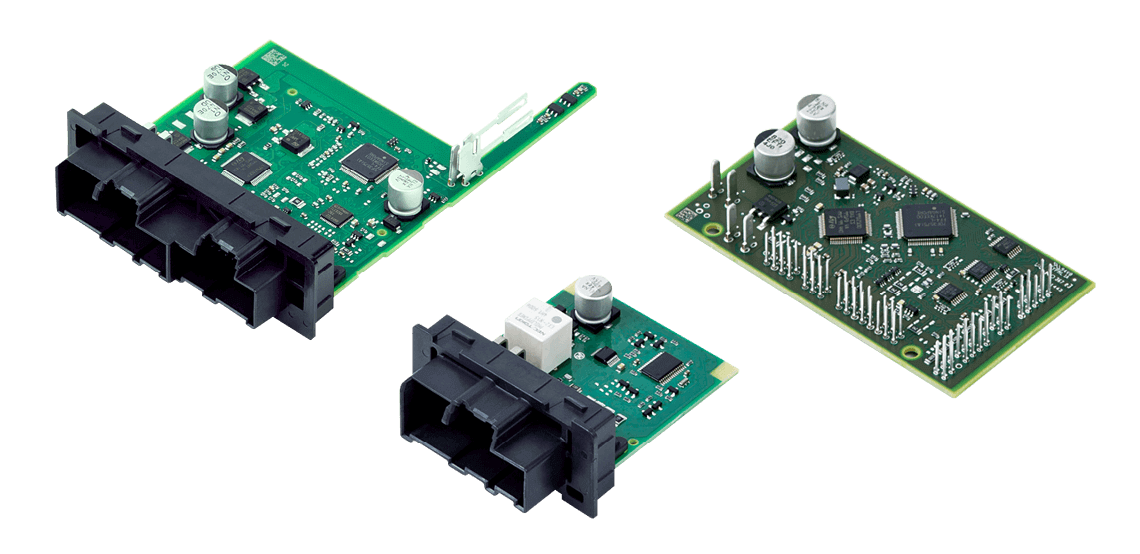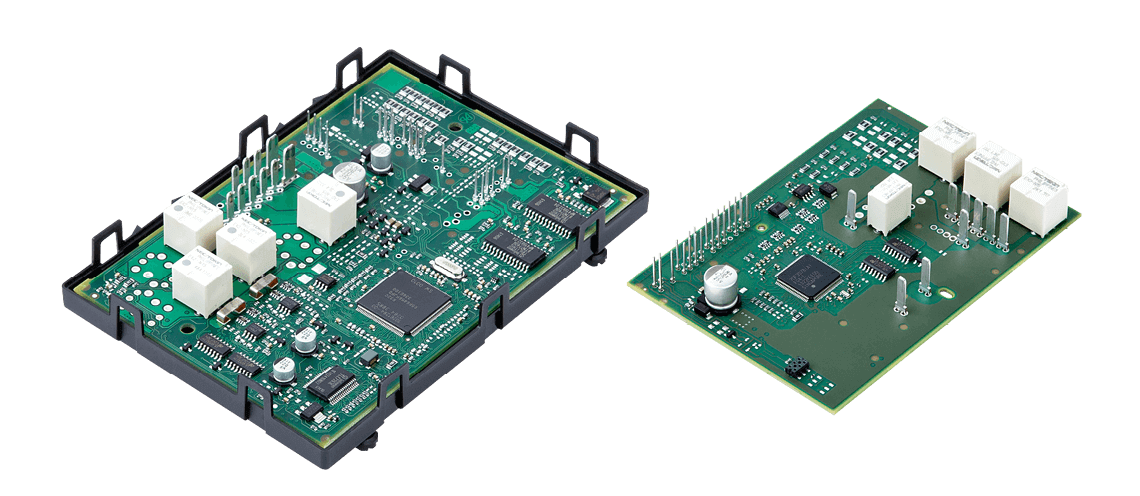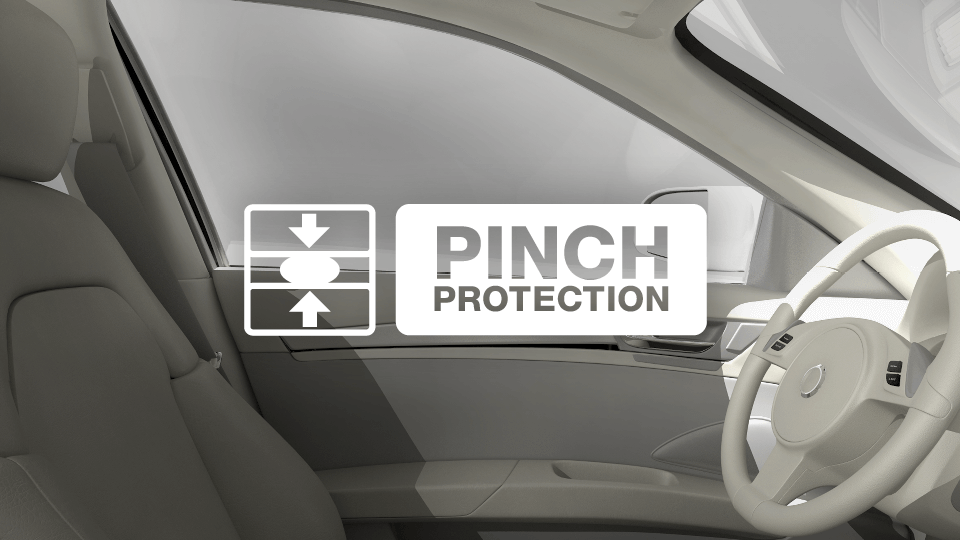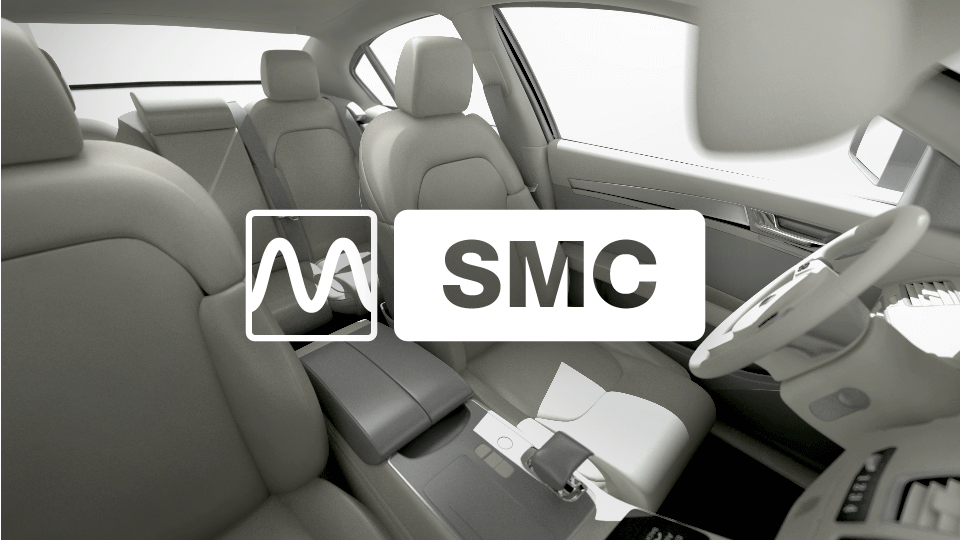Door control units

Comfort. Safety. Lifestyle. KOSTAL is a leading supplier of comfort electronics and global market leader for door control units. With over 30 years' experience, KOSTAL develops and produces more than 30 million control units per year for the global market, serving a wide range of major vehicle platforms. Modern vehicle doors offer a wide range of functions to satisfy consumer demands for safety, comfort and lifestyle. They are implemented using a variety of actuators, sensors and switches. The door control unit provides both control and the interface to the vehicle.
Seat control units

KOSTAL seat control units coordinate the numerous motors in the seat, centrally and reliably. The combination of different axes of movement allows drivers of different heights and sizes to select and store their ideal seat position. Each driver of a vehicle can simply select a previously defined individual position. When this option is combined with the central locking system and user-specific keys, the seat can be adjusted automatically when the user opens the door.
Tailgate control units

The tailgate control unit is becoming the standard for comfort, safety and lifestyle in mid-range and high-end vehicles, with growing customer demand for electrical control of the tailgate. Other adjustment functions, as well as various switches and lighting features in the rear of the vehicle, are increasing the complexity of the tailgate control unit.








